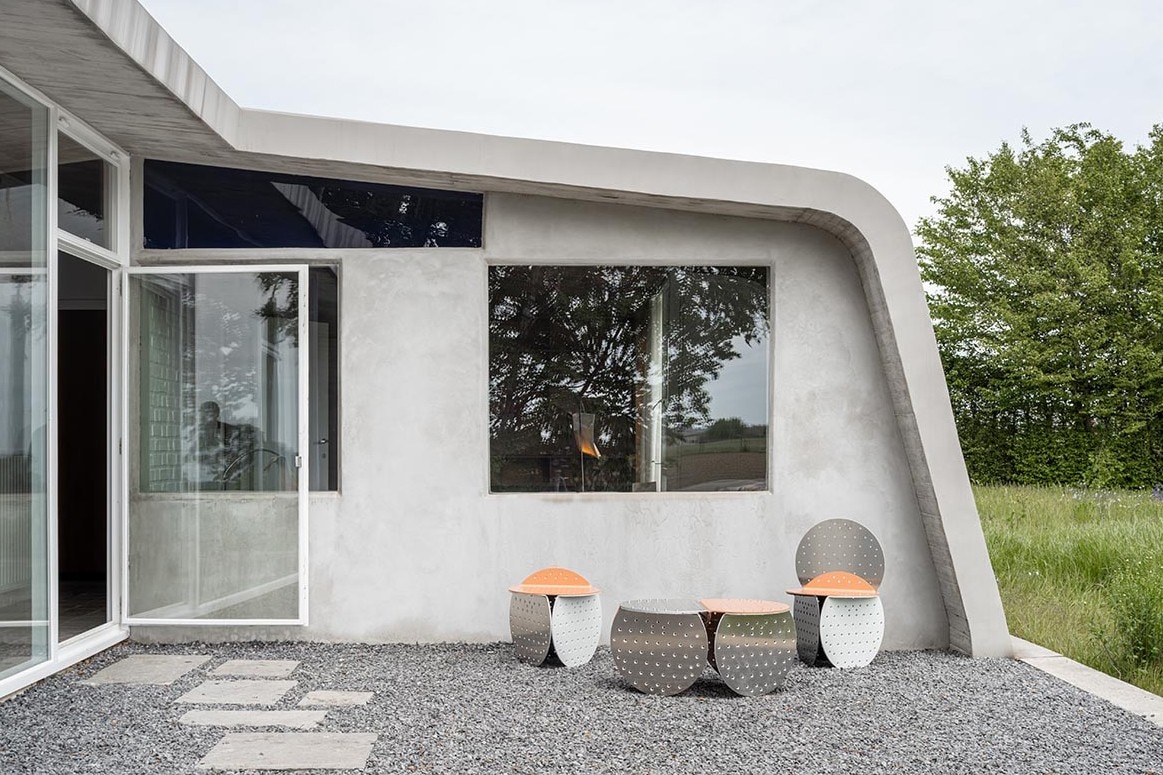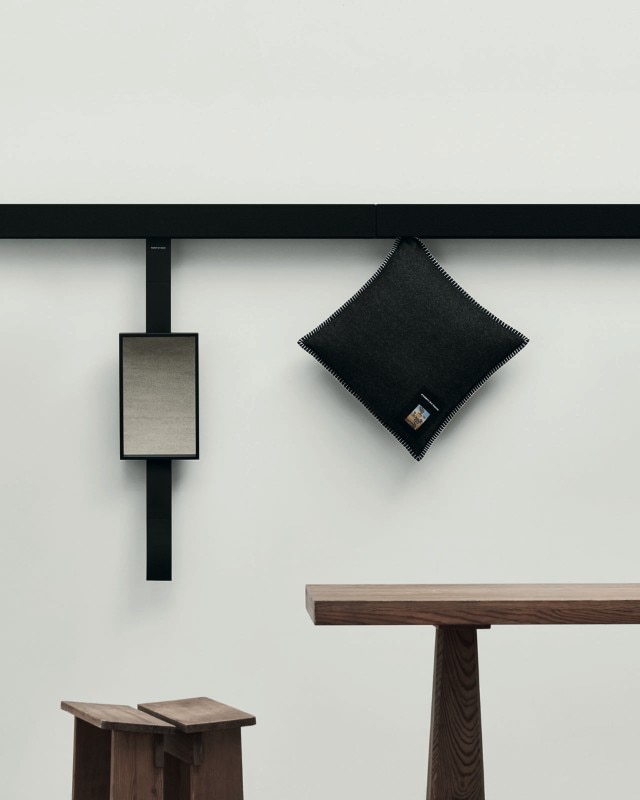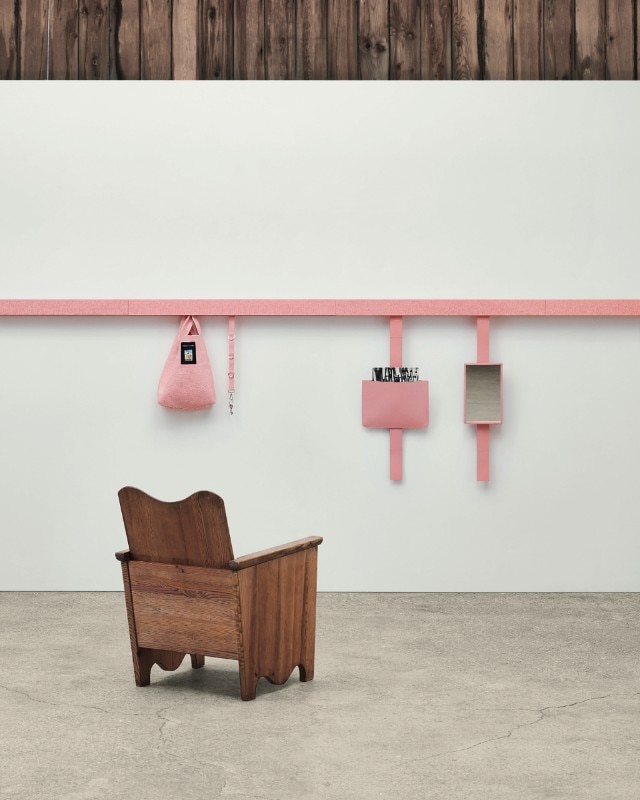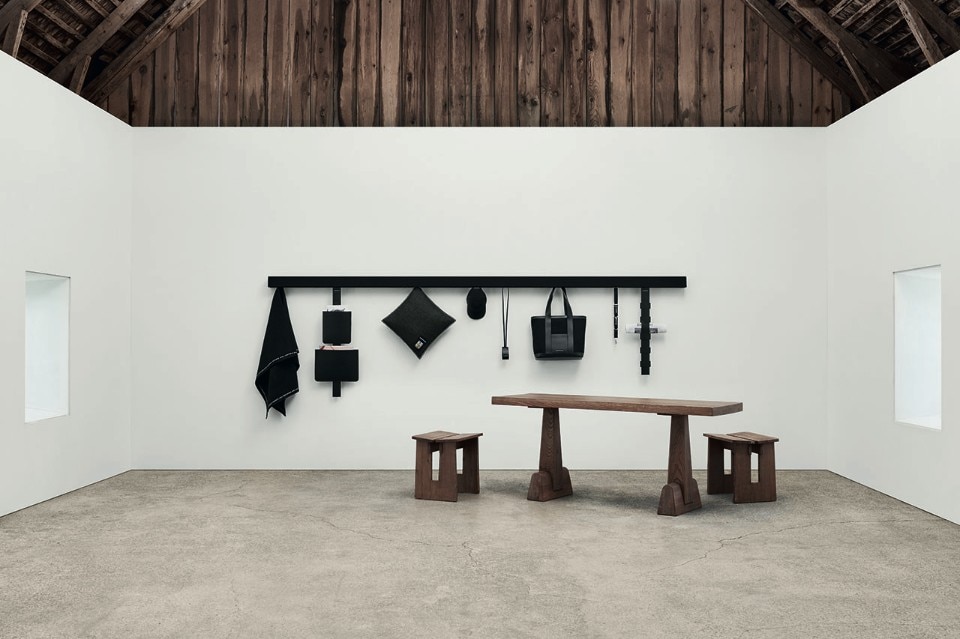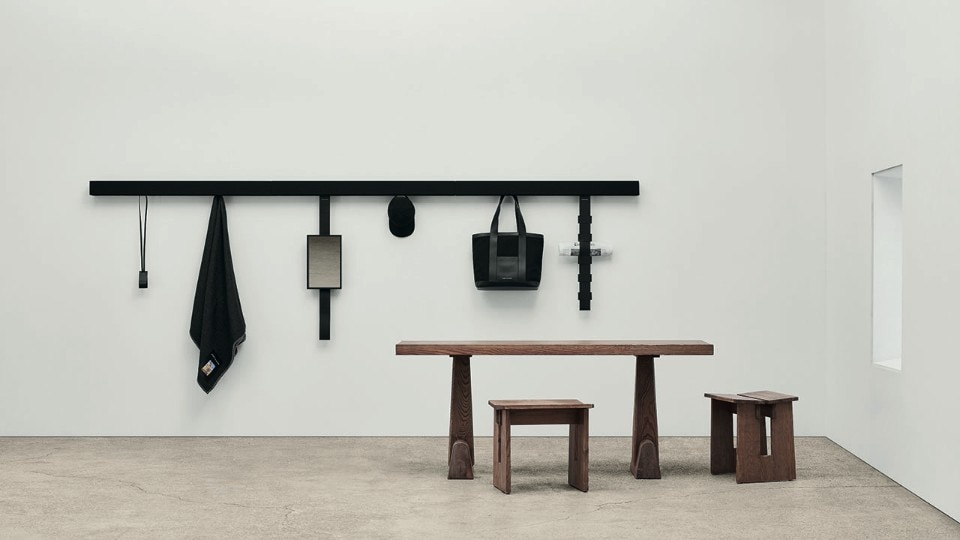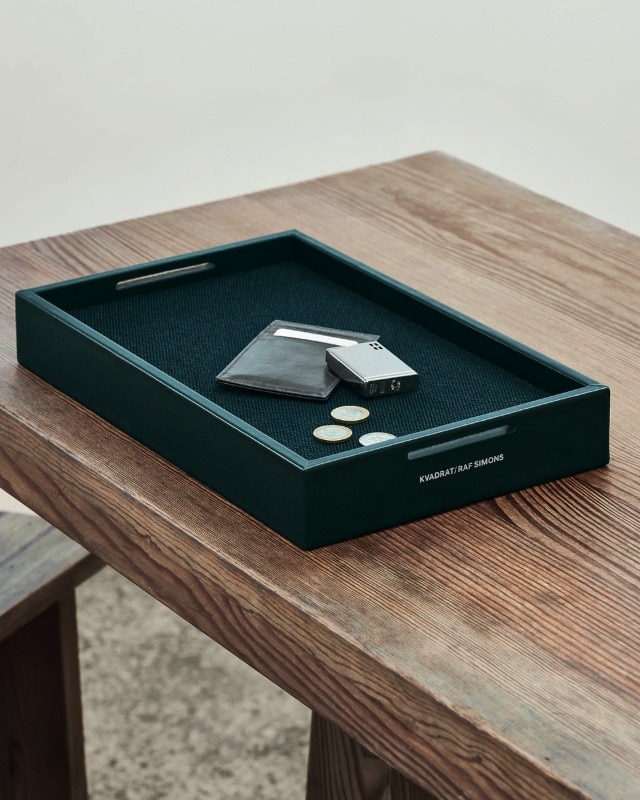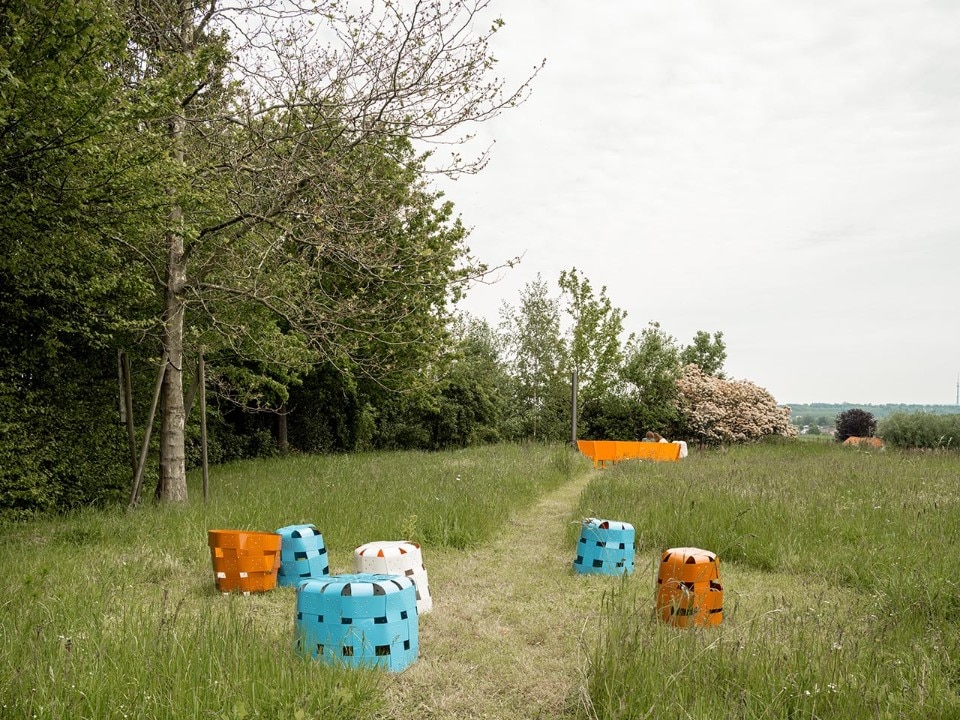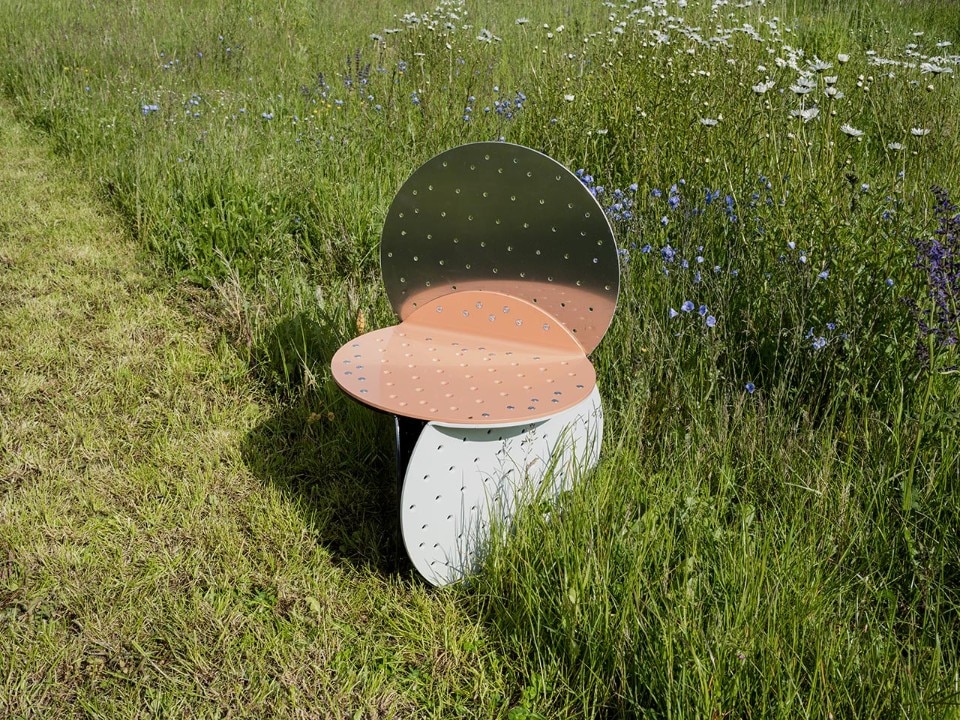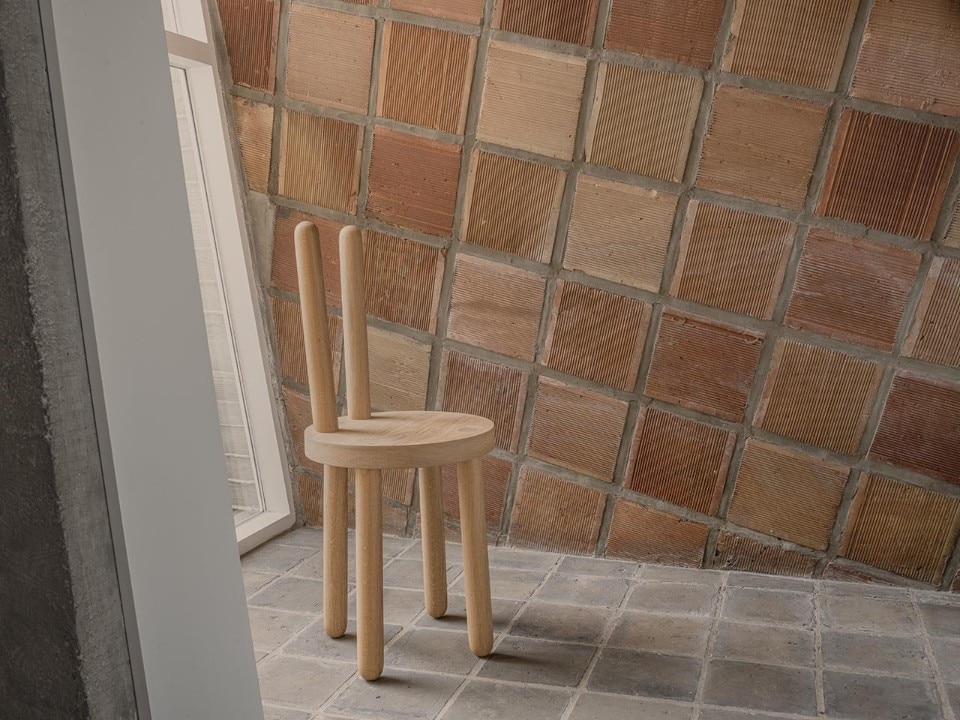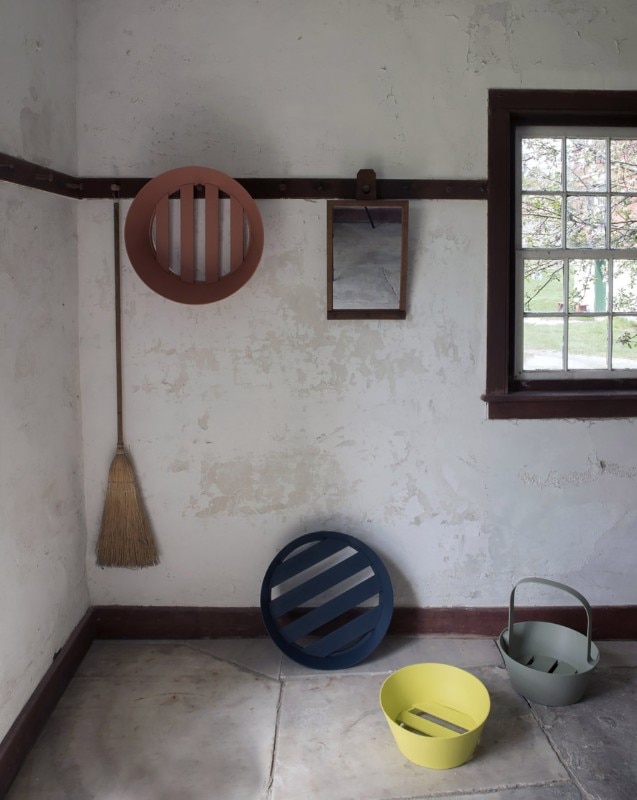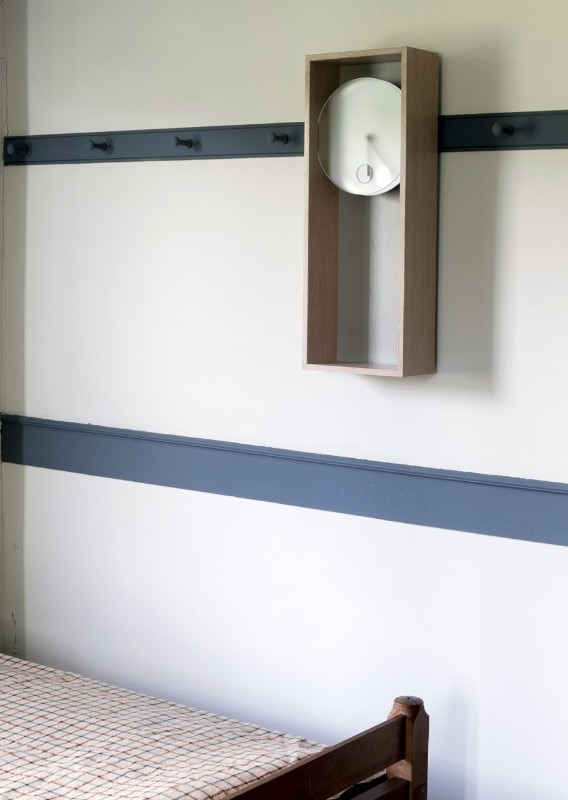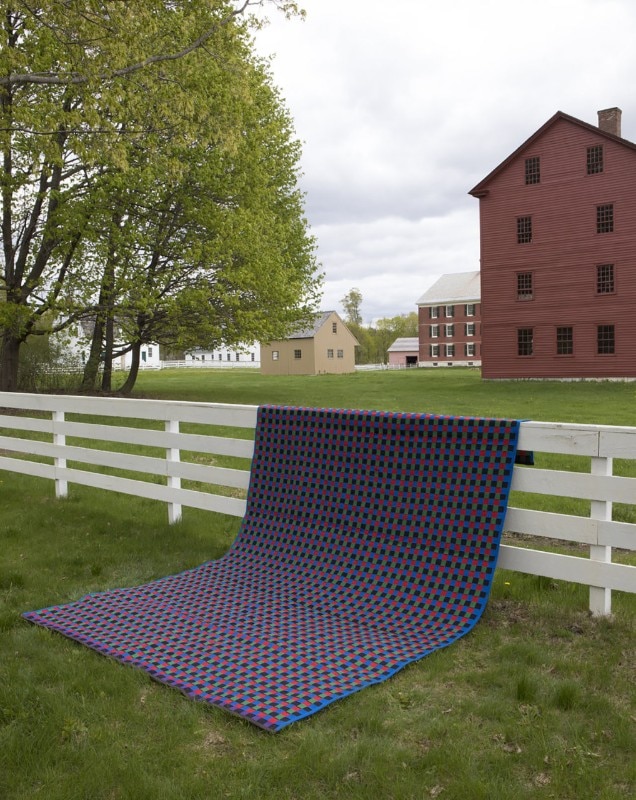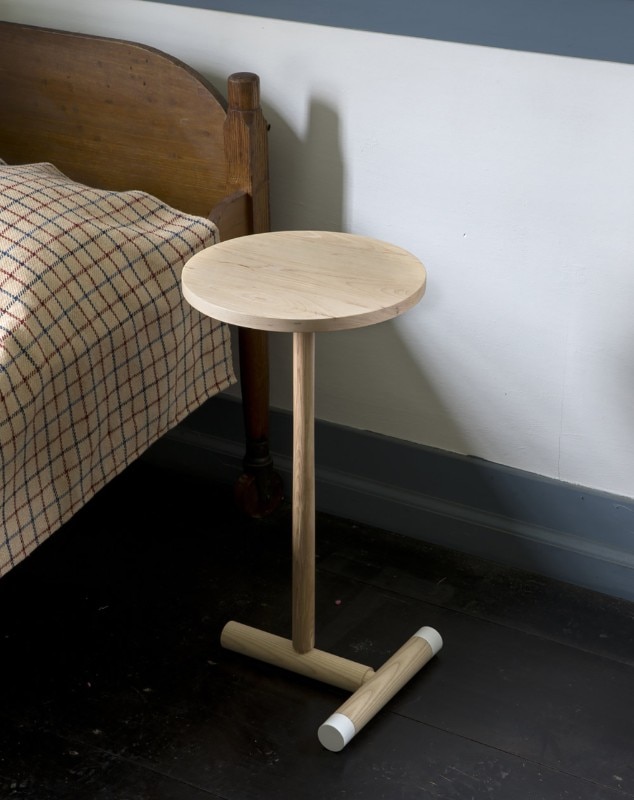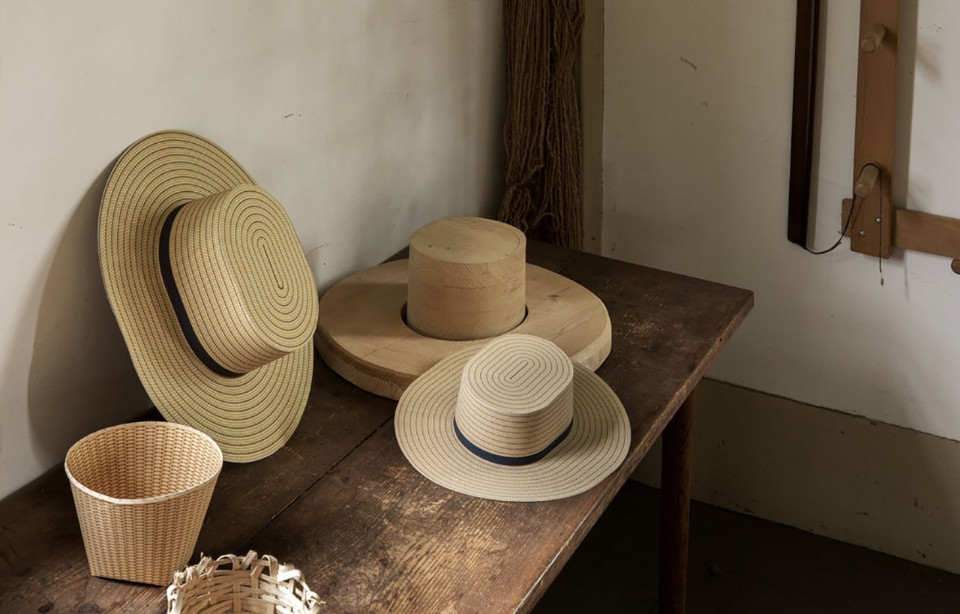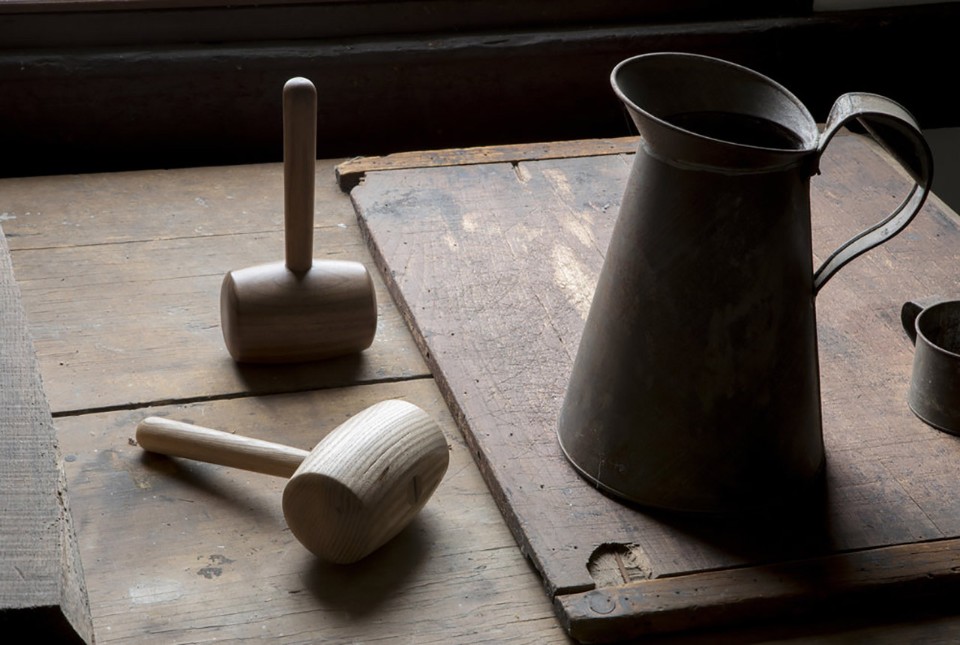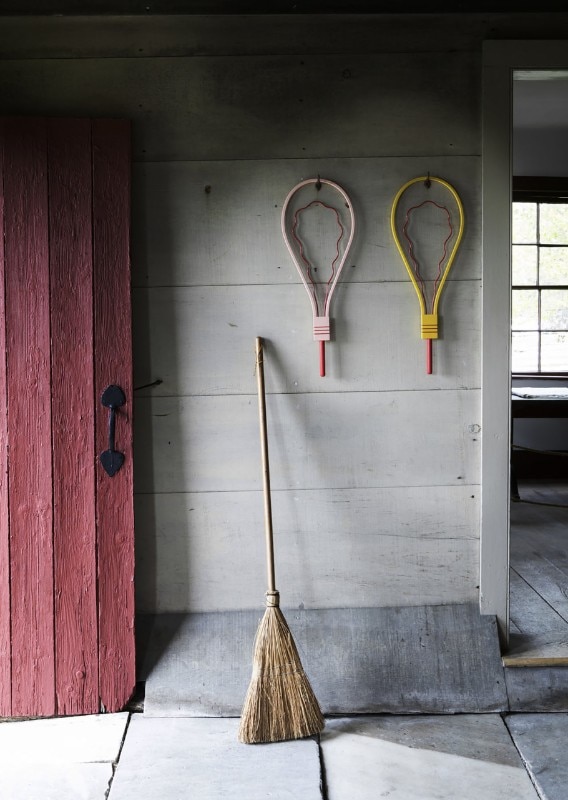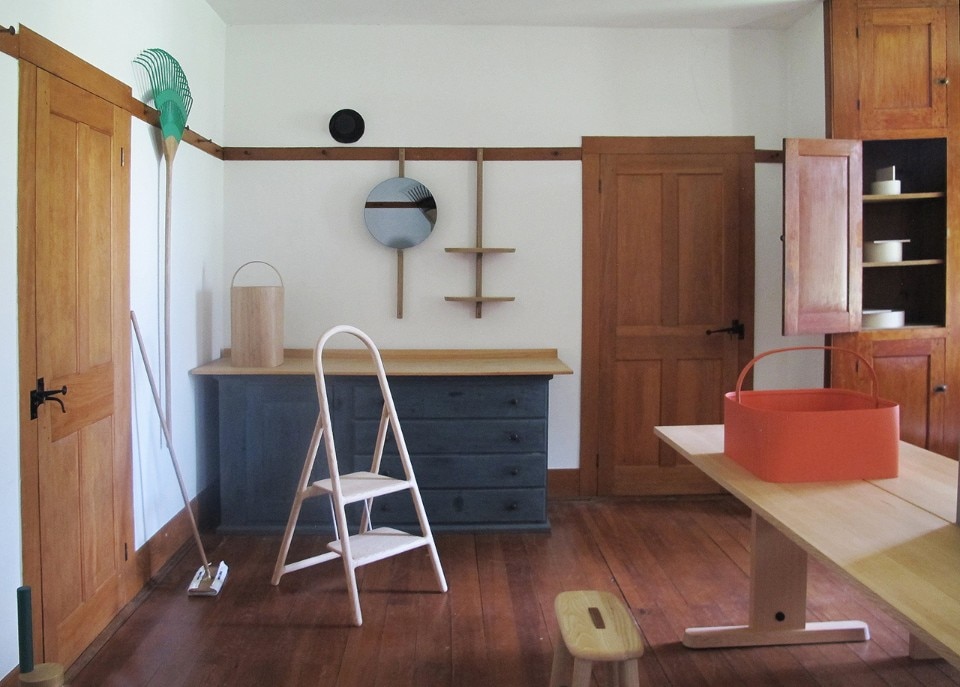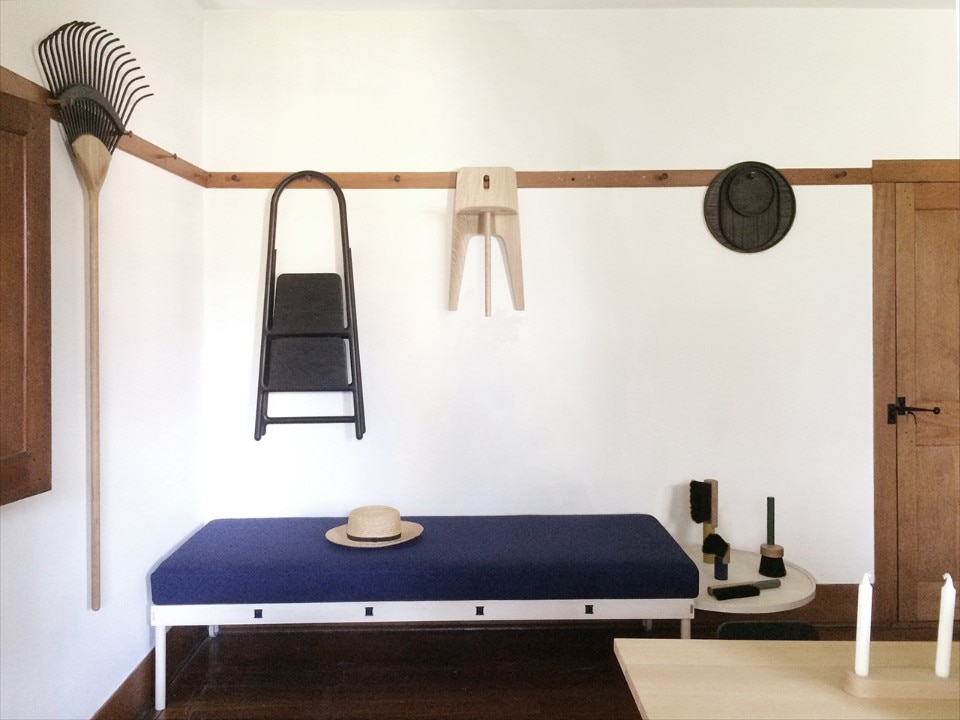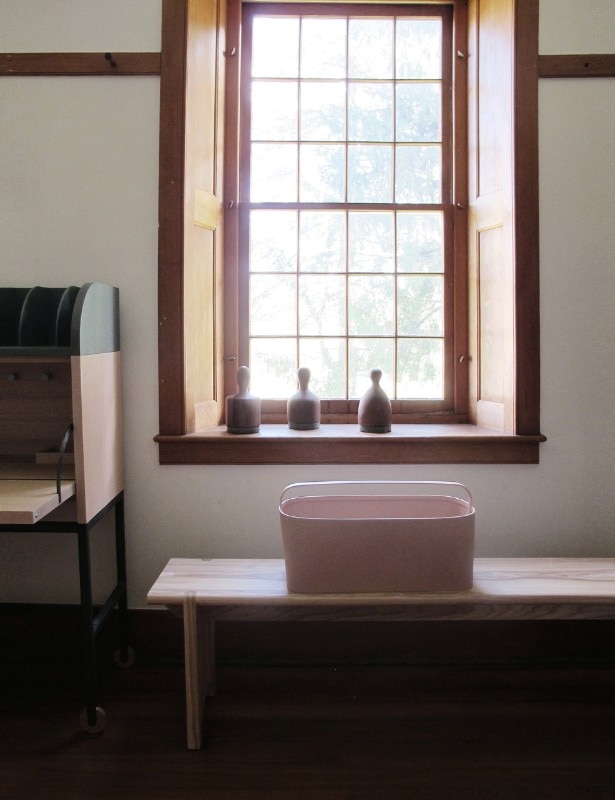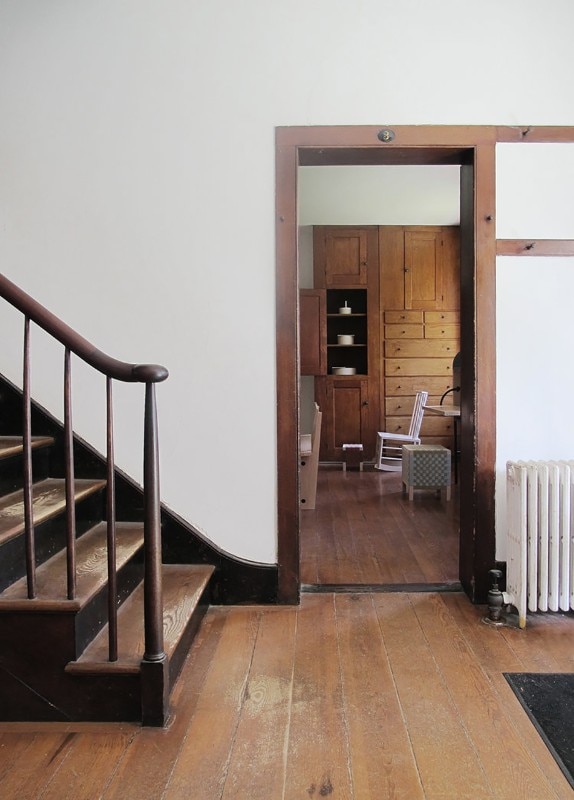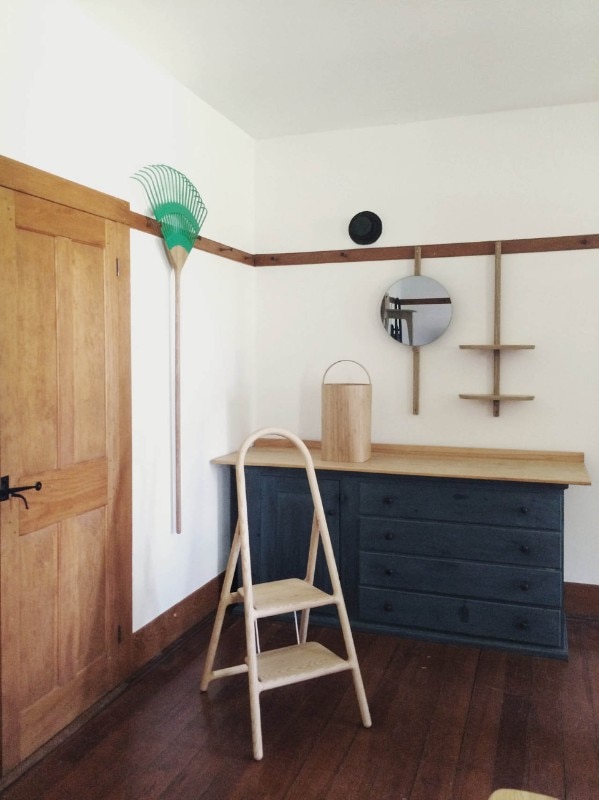According to the latest press reports, there are only two surviving members of Sabbathday Lake Shaker Village, the last community of the American Puritan sect of the same name still officially active in Maine. Yet, while the religious rigour imposed by this radical denomination has discouraged new members from joining the community, its broader cultural and stylistic influence is becoming more and more incisive on a vast number of non-religious proselytes.
So far, so close: the imposition of celibacy and a strictly communitarian life envisaged by the Shaker creed does not offer any perspectives that are consistent with the spirituality and habits of the contemporary world. Paradoxically, however, the sensitivity for a material culture that has become typical of the community and is capable of embodying the balance between functional needs and the virtue of form, has ended up fuelling an aura of charm and topicality that speaks to a wide range of creative personalities.
The Shaker System by Raf Simons
Raf Simons' latest project, the Shaker System, exemplifies the phenomenology of this new cult. Working together with Kvadrat, Simons – who is now the co-creative director of Prada and of his eponymous brand - has designed a series of small containers and home accessories that reinterpret in an interesting way one of the most iconic objects of Shaker culture, the peg rail. Also known as the Shaker peg, this long peg rail was never relegated by the Shakers to a confined corner of the home. In a value system where material order coincides with and enhances the moral qualities of the space and its inhabitants, this long peg rail provides a place for all kinds of objects, from jackets, hangers and shelves, to furniture that can be lifted up and hung there whilst cleaning the floor.
When it is empty, the peg rail stands as the perimeter of the room, a reassuring hinge between decoration and an invitation to use. In his reinterpretation, Simons chooses the more sophisticated version of the peg rail, the one where the hook is covered by a wooden batten, turning the holder into a minimalist sign that opens up to colour, following the stated legacy of minimalist artists such as Donald Judd and John McCracken.
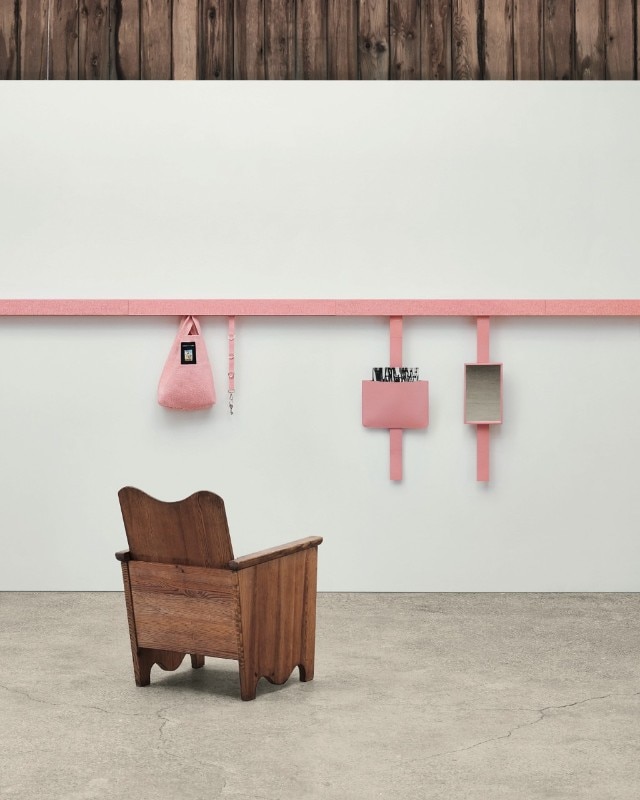
The objects by MOS
A recent tribute to Shaker culture is the one designed by New York-based studio MOS for the Belgian gallery Maniera, currently one of the most interesting addresses on the limited edition gallery circuit. The duo composed of Michael Meredith and Hilary Sample presented in September 2021 their own take on a number of Shaker objects, which were reinterpreted through the use of different materials and assembly techniques in order to push the threshold of their immediate recognisability a little further. The basket with a hexagonal wicker weave, an archetypal container along with the famous plywood boxes, is given new life through the use of three interwoven bands that highlight their graphic character through the use of bold colours. Turned upside down, the basket also serves as a stool, opening up to a multifunctional vision that escapes the original Shaker logic according to which each object, almost in a kind of perfect cosmogony, must perform a single, specific task.
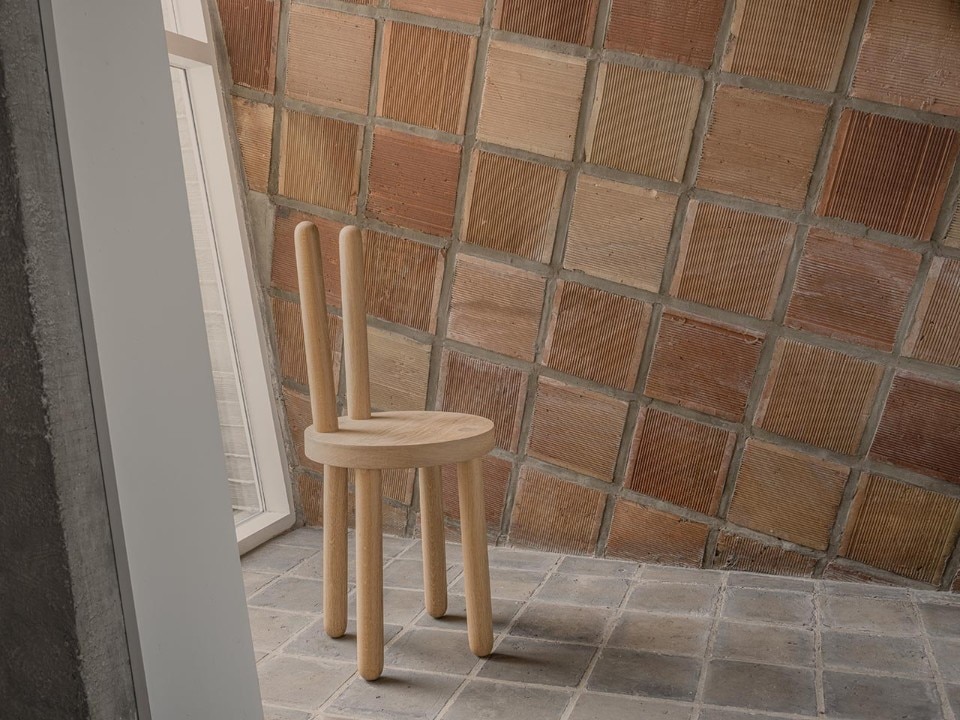
The Furnishing Utopia collection
In recent years, tributes to Shaker culture have also found the form of a collective celebration that, cultivated over time, has taken on the value of an immersion in the legacy of the American sect. This is the spirit in which Furnishing Utopia, a group of 28 international design studios, launched a series of exhibitions from 2016 to 2018 that offered a comprehensive reinterpretation on various scales of the Shakers’ corpus of artefacts. Offsite, the first debut at New York Design Week in 2016, tackled the restyling of some pieces through the use of updated lines and colour keys. Also exhibited at Hancock Shaker Village, the museum site of an old and now extinct Shaker community, Furnishing Utopia’s collection expanded the following year to include storage furniture, textile creations and series of objects often reinterpreted as an exploration of a given typology. Hands To Work, from 2018, explored the metaphor and value of household cleaning objects, whose instrumental function is combined with the idea of a tool for spiritual elevation and enlightenment.
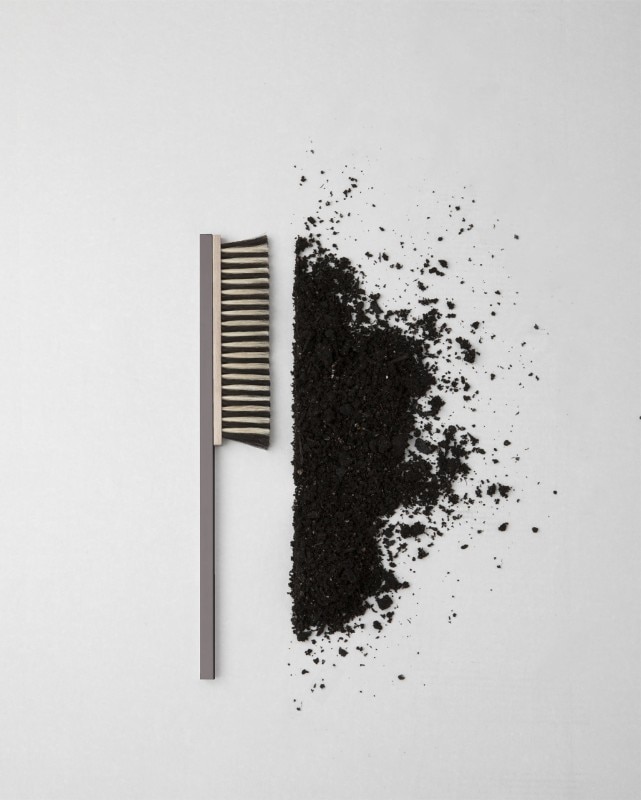
The Shaker Legacy
“In chaotic and fearful times, humanity will naturally look for answers and find solace in simplicity. People are trying to make the ordinary extraordinary”, stated trend forecaster Lidewij Edelkoort in 2018 at the opening of the exhibition The Gift To Be Simple, which she curated with Philip Fimmano and François Epin at her gallery in Paris. On that occasion, the common thread of Shaker culture, explored in its legacies and interferences with Modernist and Japanese culture, was illustrated in a selection of pieces that included heterogeneous followers from Hans Wegner to George Nakashima – who defined his work “Japanese Shaker” – to Atelier van Lieshout, who in 1999 had reclaimed the bluntness of the Shaker codes in the Shaker chair, the first piece in the series The Good, the Bad and the Ugly commissioned by the Walker Art Center in Minneapolis.
The best-known Shaker adage reads: “Don’t make something unless it is both necessary and useful; but if it’s both necessary and useful, do not hesitate to make it beautiful”. The absence of decoration as an end in itself did not preclude these great experimenters and innovators of material culture – one of the first washing machine models, whose patent was filed in 1829, was made by them – from preserving the aspiration to harmony, to the sweetness of form, in line with a sense of purposefulness that aimed to turn even everyday objects into the embodiment of “heaven on earth”. An ability, that of aligning functionalism and transcendence, which explains the longevity of their aura and the holistic balm they continue to exert, almost three centuries after their foundation and presumably a few decades from their ultimate extinction.


